Every artist wants to have their own art style. Having that unique look that everyone can recognize is probably one of an artist’s biggest aspirations.
However, this takes some time. You can’t find your art style from one day to the next. Instead, it’s something you’ll be improving over time.
But how long does it actually take to find your own art style?
On average, finding your own art style takes about 4 to 6 years of practice. While some other artists have mentioned that it took them about 30 to 60 good pieces of art.
This will depend on several factors, such as the amount of practice, guidance, and much more.
With that said, your art style will constantly change throughout your life.
You’ll notice every drawing has a similar style, but that style will keep evolving with each new piece.
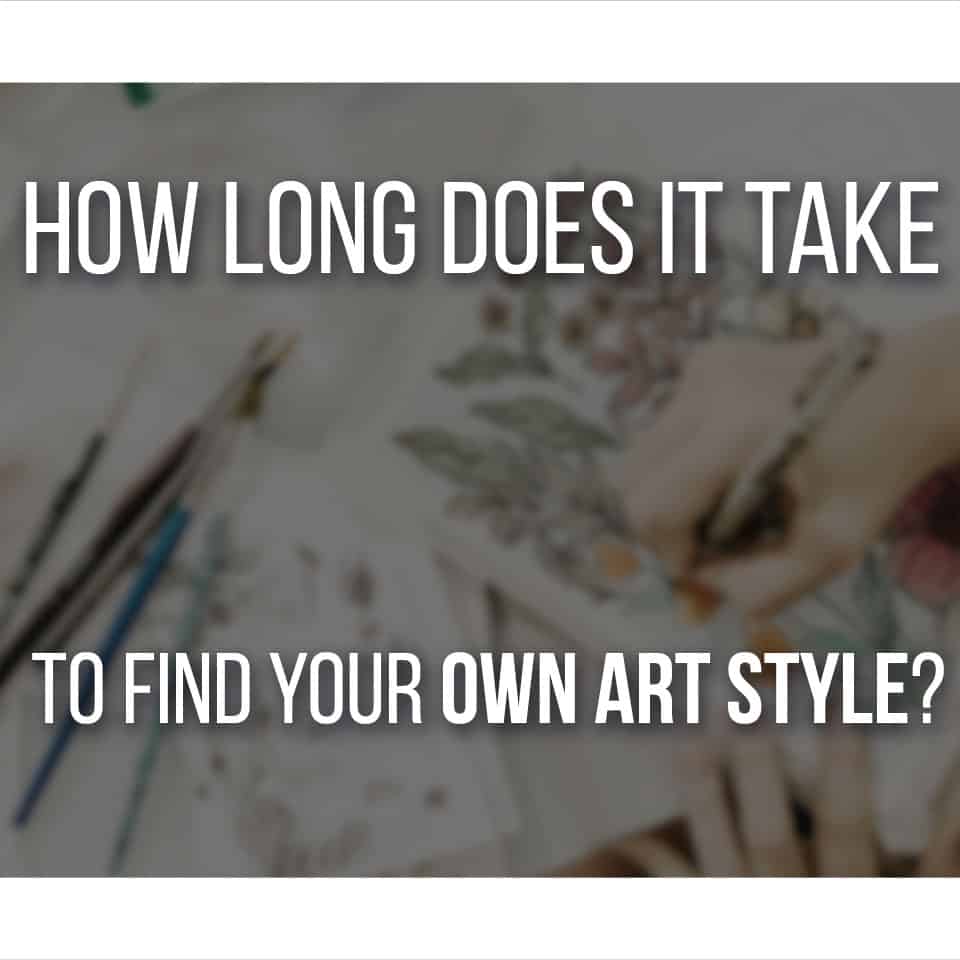
Table Of Contents
How Quickly Can You Find Your Own Art Style?
One of the things new artists worry about a lot is style. We all want to feel our art is unique and for that to be visible right away.
Truth is, you already have your own art style. We all have different processes and ways of drawing, even if we’re not aware of it.
So, once you start drawing, you’re already doing it uniquely.
I know this is hard to realize since you’re still trying to figure out how to draw and make your art look good.
But that’s all part of the process!

It can take 4, 6, or more years of practice for you to find your own art style. Some artists say it might take about 30 to 60 good drawings.
It takes so long because you must first learn and feel confident in your own art.
While you’re still learning, it’s hard to understand what’s unique in your art.
There is no exact answer either.
As I said before, you already have an art style. You’re just not aware of it yet. And the reason why is because it’s not essential for you yet.
It’s essential first to take your time to learn the basics. Then, you’ll start being more conscious of your choices while drawing.
Your art style develops as you find solutions for your art problems. This might happen without your even noticing. However, it’s an intuitive way of developing style.
As you improve, you’ll be more aware of how you solve your problems while drawing.
At the same time, you’ll also start developing your style more consciously.

Although figuring out your art style might be a quick process, it will take years to fully understand and develop it.
Again, this should not be your primary concern for a long time. You won’t even be aware of this whole process until you feel you know how to draw!
And even when you find your own style and language in drawing, it will change constantly.
The differences in style will be almost invisible for most, but you’ll know they’re there.
You’re always learning new things, improving, and finding inspiration in different things.
So it’s more than natural that your style changes as you change and think differently!
6 Tips To Find Your Own Art Style
Even though you’ll develop your style without even noticing, there are things you can do to start being more conscious about it.
In fact, whether you feel ready to start focusing on developing your art style or are just looking to improve your art, the following tips will be beneficial.
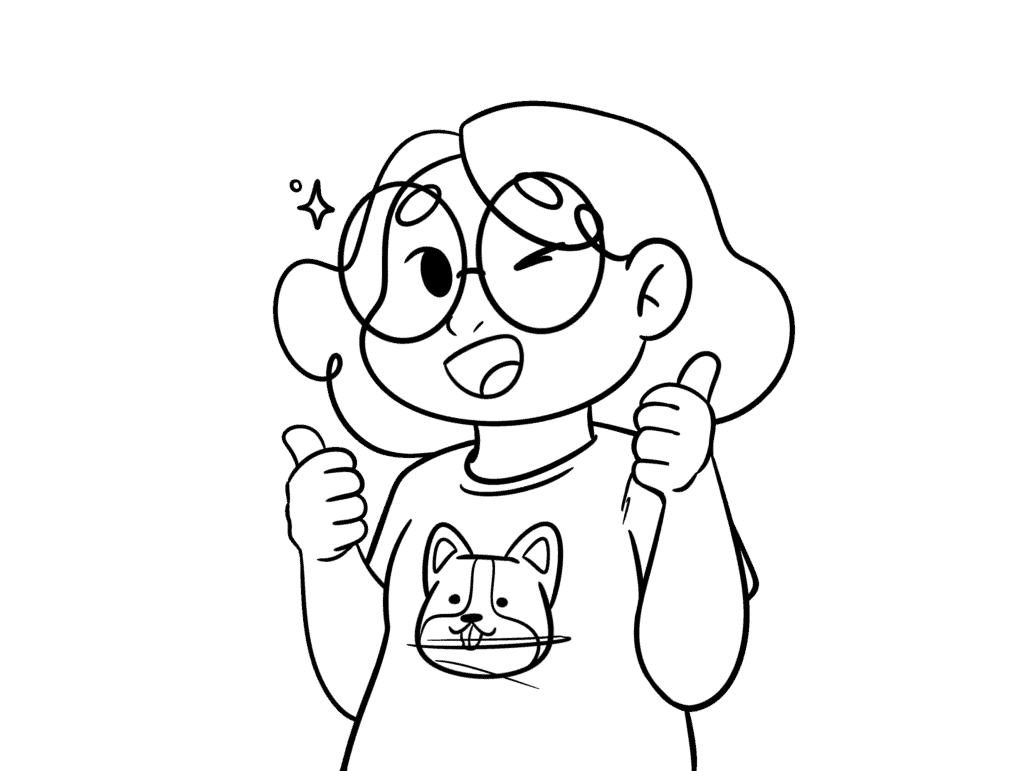
The most important thing is to change your mentality regarding art!
We focus too much on being perfect artists when that doesn’t exist. Enjoying the whole process and learning with it is key to improving your art and style.
Let’s go through a few steps to achieve your art goals:
1. Make Mistakes
When we make mistakes, we feel like we’ve failed. While understandable and natural, we’re being too hard on ourselves.
If you’re learning something new, chances are the result won’t be as good as you wanted.
It’s only natural! The important thing is to change your mentality toward the mistakes you make.

Art is a skill; just like any other skill, you need time and practice to improve.
Let’s say you want to start running. You’ll quickly be out of breath the first time you practice, and your legs will hurt after a few minutes.
However, you won’t feel frustrated about this. Deep down, you know it’s only natural since you’re not used to running.
As you continue practicing, you’ll start seeing improvements. You’ll also understand how your body works and what exercises are better for you.
Some exercises will work for you, others not, for example.
It’s the same with drawing! If you start learning something new, be ready to fail and make mistakes.
That’s the only way you’ll be able to learn and improve.
Stop perceiving your mistakes as failures. Instead, consider it an opportunity to grow.

If you struggle with a subject and want to improve, focus on it. See where you went wrong and try again.
Try doing it another way. Use another tool or take a longer time in the sketching phase.
There are many different ways you can draw anything. We all work differently and have other processes.
For example, I work better with line art and breaking any subject into simple shapes.
Other artists prefer to work by painting the overall shape of their subject and then sculpting and refining it until they reach the final result.
It’s essential to find what works for you and you can’t know that without making those mistakes.
I know it can be highly frustrating, especially at the beginning. There will be a lot of trial and error until you find your own process.
But that’s all part of the journey!
The best thing you can do is shift your mentality: lower your expectations, be ready to fail, embrace your mistakes and learn from them.
Next time, you’ll be making a different mistake and improving with it.
2. Enjoy The Process
Enjoying the process of drawing and embracing your mistakes are connected to each other.
If you’re too focused on the final result of your art, it will be hard for you to learn from your mistakes.
You’re not drawing just to feel good about what you created. It’s also not about how many likes, comments, and shares you’ll receive on social media.

Every artist likes to share their art and get some attention. Knowing that other people like your art is obviously an excellent feeling.
But before doing art for others, you must first make art for yourself. The whole process shouldn’t be about suffering and pain just to receive some positive reactions from someone else.
The whole drawing process should be enjoyable, and you should have fun with it!
Take your time with each drawing. Explore different things, and draw several sketches with different poses, compositions, and so on.
Instead of jumping into the finished product at the first sketch, take your time exploring different possibilities of the same drawing.
Your first idea is probably not the best idea you can come up with. By sketching different versions, you’ll come up with other options and improvements to the original idea.
The drawing process becomes much more entertaining if you stop focusing on how your art will look and instead start focusing on the entire journey.
This is not an easy process. However, when your mentality finally shifts, you’ll also start enjoying your art and style a lot more.
You’ll stop having such high expectations and find art a much more entertaining activity.
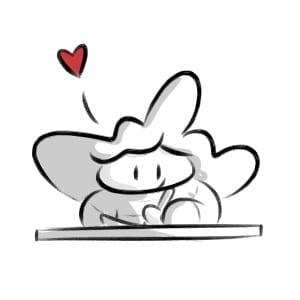
The end result doesn’t matter anymore. What matters is that you had fun and learned something from the experience!
That’s the only way you can improve.
And, if, for some reason, you become frustrated, take a break.
You won’t learn anything by continuing to draw something you’re not enjoying.
Take a break, stop for:
- 1 hour
- 1 day
- 1 week
- or even 1 month!
Sometimes all you need is a break, so you can return to a drawing with fresh, new eyes.
Others, you’ll realize you want to go in a different direction and the best course of action is to restart a project.
There’s nothing wrong with it. What’s important is that you don’t let your expectations or frustrations win.
Stop, breathe, and do something else. Later you’ll see that all you needed was a rest, and you can begin to have fun with your art again!
3. Find Different Art Styles
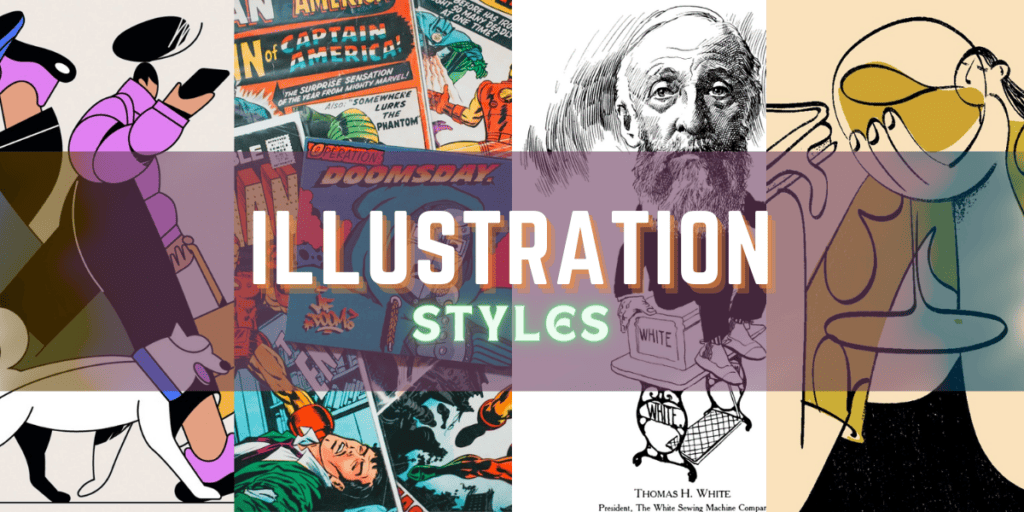
To be able to find your own art style, you first need to be inspired by others. An art style won’t just pop up out of nowhere.
There are no more original ideas, just different variations inspired by something already existing.
So part of finding your own art style is research! Finding the things you like and understand why you like them is part of this long journey.
You probably started drawing because of someone else’s work. Be it through a book, a movie, a game, or illustrations.
Let those things inspire you, and start studying them. When looking through your favorite artists, start asking yourself a few questions:
- What do you like about that style? It can be the colors, the line art, the shapes, the composition, the exaggeration or lack of it, etc. There are many things to consider, and it’s essential to understand what you like.
- How can you use that in your own artwork? After figuring out what you like about certain styles, you can use that to develop your own. Take bits you like from different styles and mix them to create something new and unique.
You don’t need to restrict yourself to one style, either. However, it’s good to focus on a specific theme.
For example, if you want to draw characters, then look for character artists. If you’re going to draw environments, you should search for artists that focus on that.
There are no more original ideas, just different variations inspired by something already existing.
Of course, your theme might change at some point, but it’s good to focus on one thing at a time so it’s not too overwhelming.
You also don’t need to restrict your research to social media and other artists. There’s so much around you that can inspire you!
Look for books, comic books, games, tv shows, movies, and board games, for example. Consume different types of media to find out what you like.
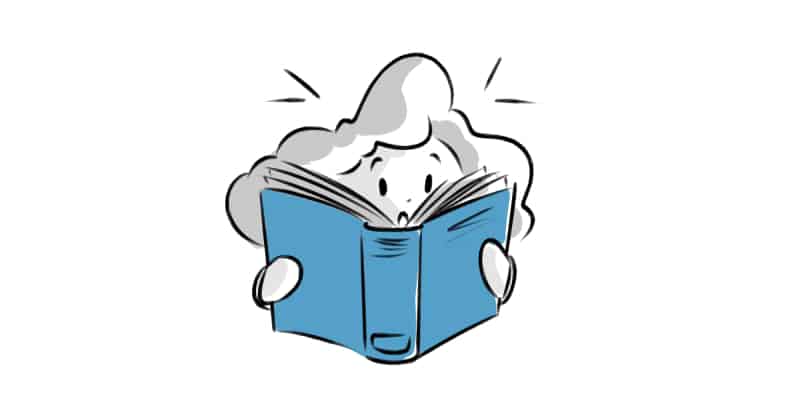
Art and style are everywhere, so look for them and enjoy them. Some things might not be to your liking, and that’s fine!
You’re learning with that as well. It’s important to know what you like and what you don’t like.
But you can’t know those things before looking for them.
And if you need some help finding art styles, here are 9 Simple Art Styles For Beginner Artists To Try! (With Examples)
Drawing is a big part of finding your style, but don’t underestimate the power of knowledge and how that can influence your likes, preferences, and even your own art!
4. Develop New Ideas
To be able to find your art style, you have to draw. And to be able to draw, you need ideas.
Then, there’s nothing better to boost your art than developing new ideas! This will not only improve your art skills but boost your creativity as well.
Most artists recommend always having a sketchbook at hand and drawing on it as often as possible.
But I also like to recommend another use for your sketchbook: writing!
Write down notes you have on different projects or even drawings. If you notice something you need to improve at, write it down along with other ways you can do that.
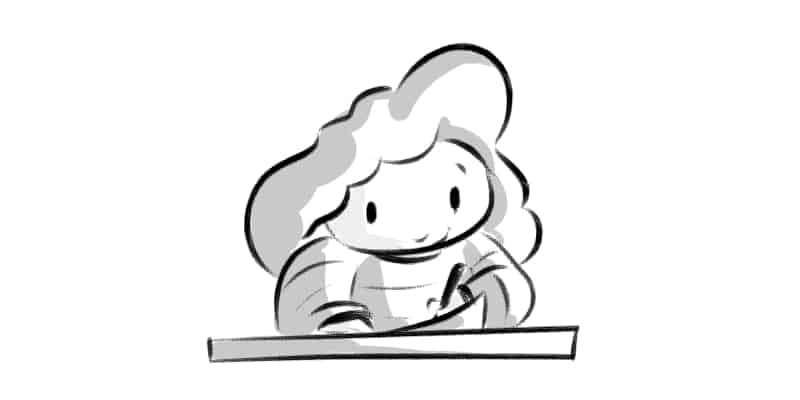
If you found an interesting quote throughout your day that inspired you, write it down.
Whenever a new idea pops up in your mind, write it down!
Everything you write down can be helpful for future projects. It doesn’t matter if the idea you just had is too simple or silly.
If you like it, write it down.
Later on, you can develop it some more.
What’s important is that you have it somewhere, so you never forget about it.
Even if you have a random idea and don’t have your sketchbook with you, write it on your phone or send a message to yourself.
You think you’ll remember it later on, but when you finally have time to write it down, that idea is gone.
You can even have a specific notebook just for writing down ideas, thoughts, and future projects.
My sketchbooks are full of notes of random ideas, along with lists and plans for new projects.
The same goes for my phone. Sometimes I just have a random note with a name that I saw somewhere or came to my mind.
Later on, I can use that name or a variation of it for a new character!
New ideas mean more practice. And that means you’ll learn new things.
You’ll also start being more consistent and understanding better what you want for your art.
Try different things, and develop new ideas until you find what you like!
5. Come Up With A Schedule
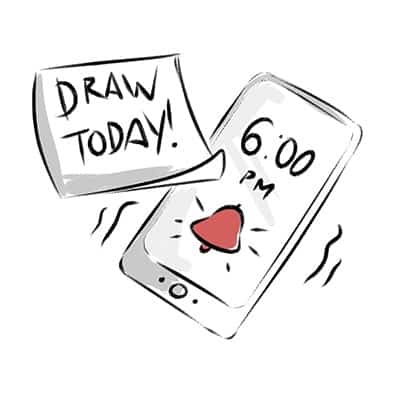
As mentioned before, the more you draw the more consistent you’ll be. And your style appears with consistency.
It’s essential to gain muscle memory, which only happens with practice. If you spend too long without drawing, you’ll feel like you forgot how to do it.
Even though most of the fundamentals are still there, you’ll feel like much is lost and need to re-learn it all over again.
If you’re constantly re-learning how to draw, your style will take longer to develop.
In short, the more you draw, practice, and learn, the easier it will be to find your own style.
Better yet, it will be easier to start seeing a pattern and recognizing little things that feel unique to you. When you find those, you can begin developing them!
For that reason, it’s good to devise a plan or a schedule.
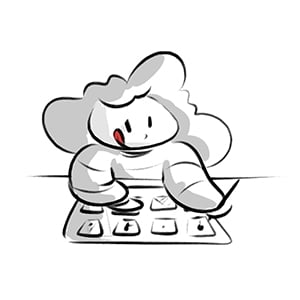
You don’t need to draw every single day. If you can have at least 15 minutes of drawing daily, it’s excellent!
However, I understand that it’s tough to find time for everything in our lives.
Not only that, but sometimes we’re already too tired of work, school, and other tasks that it’s hard to find the energy for drawing.
Some artists will draw daily if they can, while others won’t. I have phases where I’ll constantly draw, while I won’t pick a pencil for days in others.
Find something that works for you. You might not find the perfect schedule immediately, but don’t give up.
Here are a few different schedules that you can try (pick one):
- Draw every day for 15 minutes
- Draw every 2 days for 15 minutes
- Draw 30 minutes or 1 hour each weekend day (great for people with busy week schedules)
- Draw 30 minutes each weekday before bed (harder, but great for night-owls!)
We all work at different paces, so try other things!
If, for some reason, you missed a day, don’t feel bad about it. You can draw the next day or pick it up again next week. It’s ok.
Just do your best. You’ll see that a schedule will help you be more consistent with your art, and your style will start to develop more quickly.
6. Relax, Take Breaks!

Your style won’t develop from one day to the next. You already have a style, even if you don’t notice it.
The way you draw is unique. No one draws the same way as you do.
You might not notice it yet, and that’s perfectly normal. In fact, you might even slowly develop your style without even noticing.
Once you feel more confident in your skills, you’ll start being more aware of your own style and focus on developing it.
However, that takes time, and there’s no need to rush it. Style is the least important thing when it comes to drawing.
What’s important is that you learn the basics, feel confident about what you draw, and enjoy the whole process.
Even when you find what makes your style unique, it’s ever-changing!
As you improve, so does your style. So don’t worry too much about it and have fun.
You can even have more than one style! In fact, many artists do. We don’t even think too much about it and focus more on one style than another.
But you can have a more cartoony and silly style for some things and a more serious one for others.
For example, I have an adorable and chibi style when I want to draw quick and silly drawings. However, I go with something more detailed for most of my illustrations.

Even though I always try to draw something cute, these two serve different purposes.
How I draw digitally is also very different from how I draw traditionally. It’s still recognizable as my art, but they’re not the same.
Depending on the medium or even what you’re working on, you can have a different style for it.
Experiment with your art, find what you like, and have fun. That’s what matters. Style comes with the whole experience!
Why Can’t I Find My Art Style?
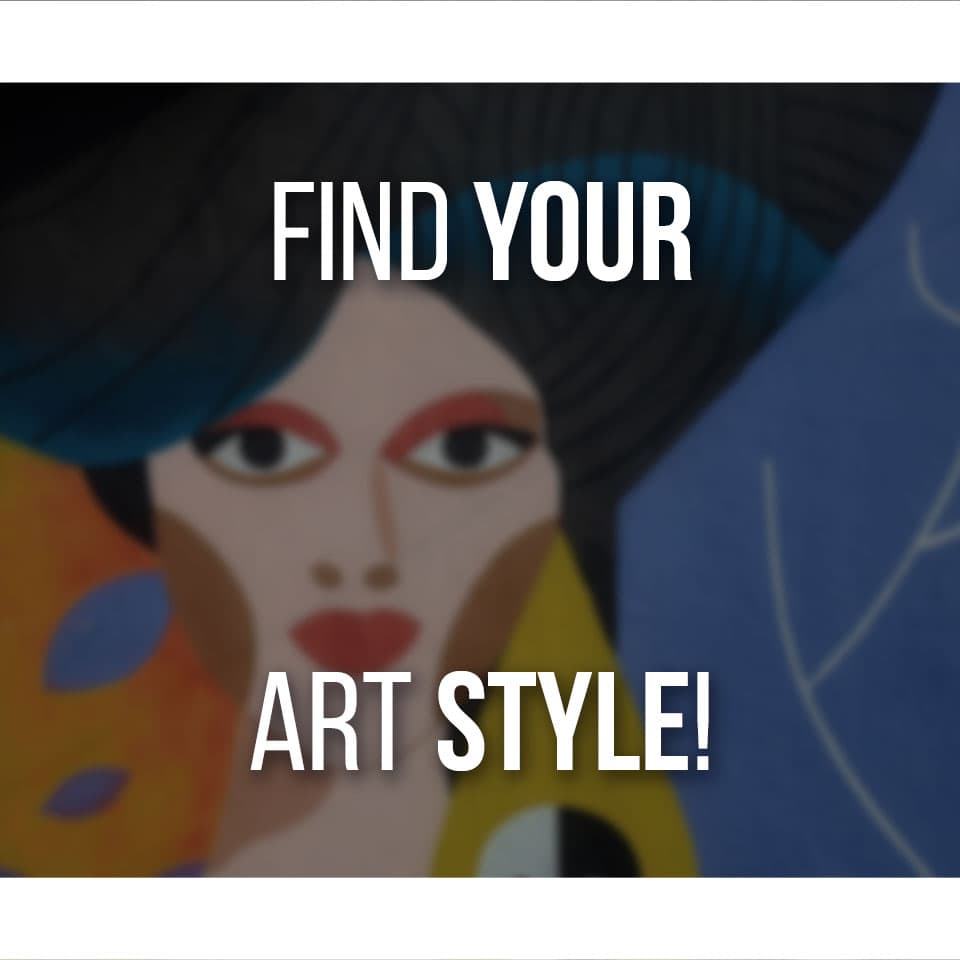
Finding what’s unique about your art and improving it takes time.
As the artist, you might also not notice your improvements and changes. Sometimes they’re so minor, not even you see them, but they’re there.
Every once in a while, go back to an old drawing. Something from 2 or 3 months ago. Put it side by side with something you drew recently and find the differences.
One thing you can do is pick a drawing and redraw it every year. This way, you can clearly see how much you’ve improved and how your style changed.
You’ll notice fewer changes as an artist as you get more experience. That’s when you know you’ve become more consistent with your style.
However, that will take time!
Don’t focus too much on it. Your art style is already there and you’ll become more aware of it with time and practice.
Keep on drawing the things you like and draw them in different ways. Experiment with different Illustration Styles.
You’ll learn what you like the best and improve that.
There are so many possibilities and ways to make your art more personal and unique. Maybe it’s how you draw a character’s eyes or ears. It can be your coloring style as well.
But that only happens with experimentation and practice, so keep doing that!
And if you’re looking for more inspiration, check here 25 Types Of Cartoon Drawing Styles With Examples!
Patricia Caldeira is the main writer here at Don Corgi. She's an art teacher with over 20.000 happy students across many platforms and courses!
Enjoy your stay and as always:
Keep on drawing!



